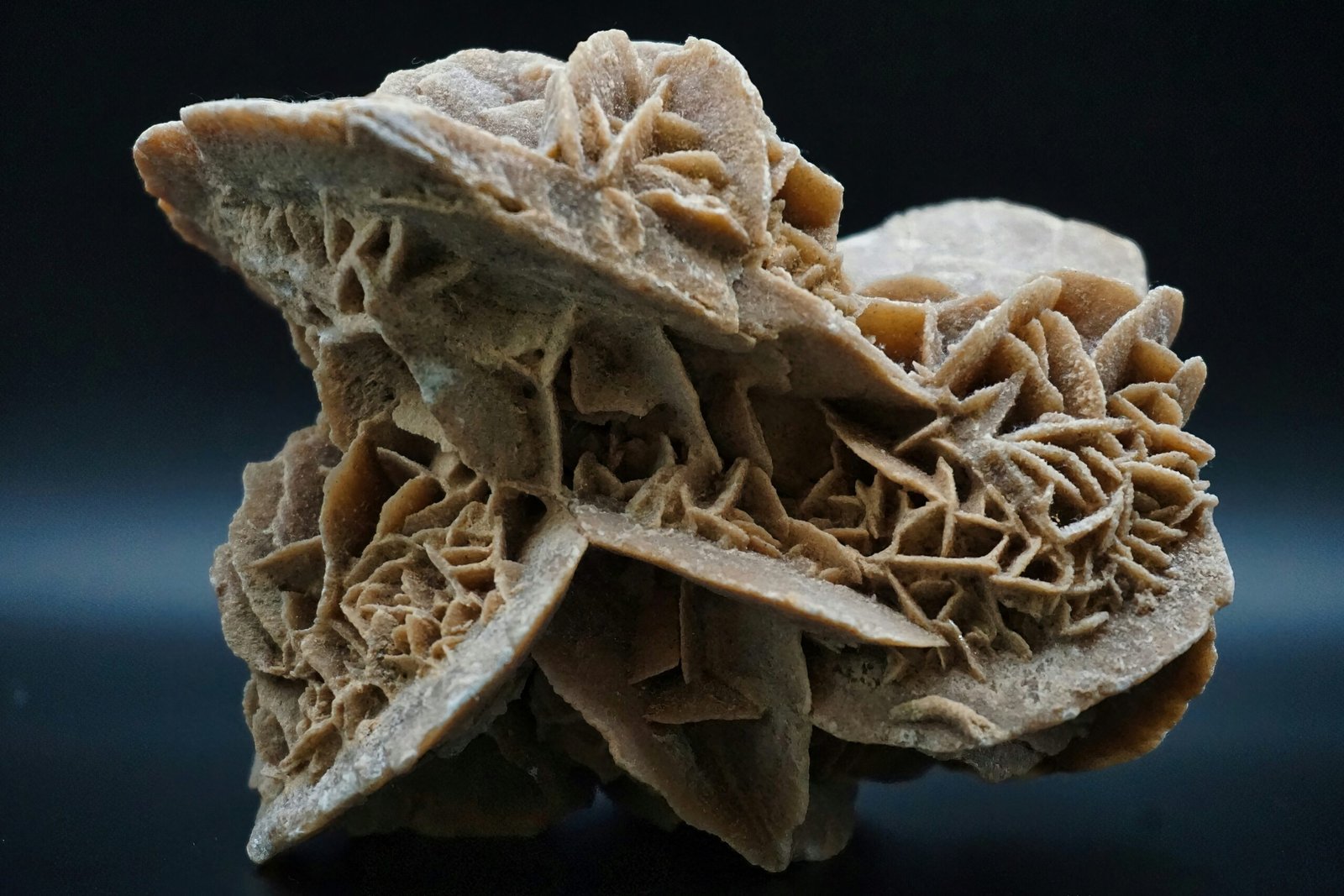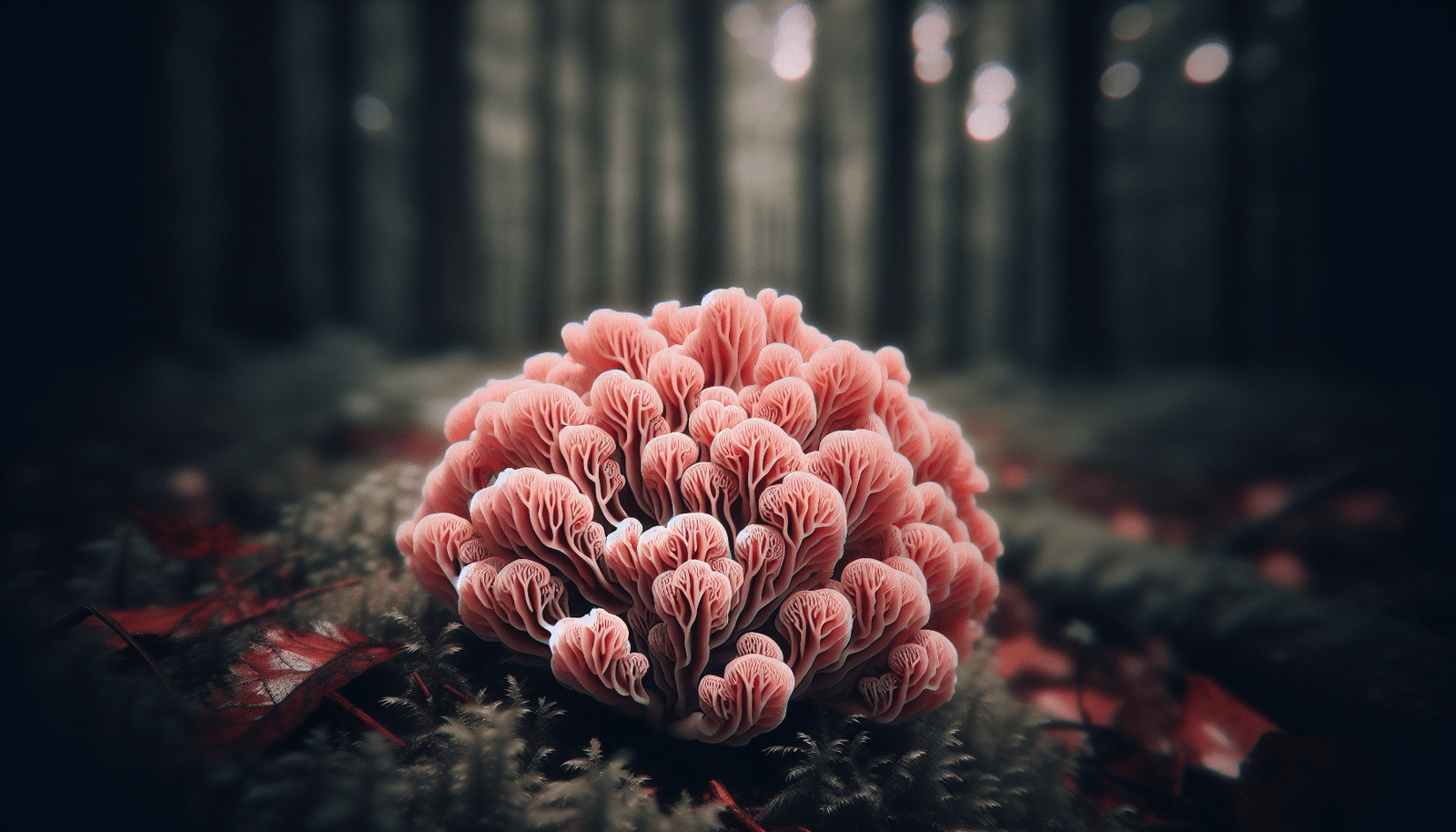Have you ever stumbled upon a coral-looking fungus in the woods and wondered what it might be? If so, you might have encountered the Ramaria botrytis. This intriguing fungus, often resembling a miniature underwater reef, is a sight to behold and is rich in both ecological connections and culinary potential. Let’s embark on this exploration of the fascinating world of Ramaria botrytis together and discover what makes this mushroom a remarkable member of the fungal kingdom.
What is Ramaria botrytis?
Ramaria botrytis, commonly known as the cauliflower coral fungus, is a member of the Ramariaceae family. This family is characterized by its coral-like appearance, which might remind you of a fantastical underwater scene. The Ramaria botrytis is particularly notable for its distinctive appearance and its role in various ecosystems.
Appearance and Structure
The Ramaria botrytis has a striking look with its branched, coral-like structure. Its fruiting body can range in color, often displaying shades from pink to cream. The branches terminate in stubby tips, somewhat reminiscent of cauliflower. This unique appearance makes it a fascinating find for mushroom enthusiasts and foragers alike.
Habitat and Growth
Typically, Ramaria botrytis flourishes in temperate woodland environments. It is commonly found growing on the forest floor amidst decaying plant matter. This saprobic species plays an essential role in breaking down organic material, contributing to the nutrient cycle within its habitat.
Ecological Significance
Understanding the ecological importance of Ramaria botrytis can shed light on why this species is worth attention. Let’s delve into how this organism fits into the larger environmental picture.
Decomposer Role
As a decomposer, Ramaria botrytis contributes significantly to the ecosystem. It breaks down complex organic materials like dead leaves and wood, converting them into simpler compounds. This process not only recycles nutrients back into the soil but also supports the growth and health of surrounding plants.
Symbiosis with Trees
Besides decomposing organic material, Ramaria botrytis is also thought to form mycorrhizal associations with trees. In these symbiotic relationships, the fungus provides essential nutrients to the trees, enhancing their growth, while the trees supply carbohydrates necessary for the fungus’s survival. Such alliances highlight the intricate network of life that sustains forest ecosystems.

Identifying Ramaria botrytis in the Wild
Spotting Ramaria botrytis in the wild can be a rewarding experience if you know what to look for. Here are some tips to help you identify this fascinating species.
Key Identification Features
- Color: Look for pinkish to creamy hues, particularly noticeable on the branch tips.
- Shape: Notice the densely branched structure. Ramaria botrytis often resembles a cauliflower or a coral.
- Size: It can vary in size, but the fruiting bodies are generally moderately sized, sometimes reaching several inches in height and width.
- Texture: Feel the texture; it’s typically brittle and easily breaks apart.
Similar Species
While identifying mushrooms, it’s crucial to be aware of similar species. Ramaria botrytis can be confused with other Ramaria species due to its coral-like appearance. However, paying attention to specific colors and branch structures can aid in correct identification.
Caution and Safety
Whenever foraging for mushrooms, caution is paramount. Some species closely resemble Ramaria botrytis but are inedible or toxic. It is advised to consult an experienced forager or a reliable field guide to avoid any mishaps.
Culinary Uses of Ramaria botrytis
Besides its ecological significance, Ramaria botrytis offers culinary potential. For those who enjoy foraging and cooking with wild ingredients, this fungus can be a delightful addition to the menu.
Edibility and Flavor Profile
Ramaria botrytis is generally considered edible, though opinions on its taste vary. Its flavor can range from mild and nutty to somewhat bitter, depending on its growth conditions and maturity. It’s often described as having a crunchy texture.
Cooking with Ramaria botrytis
Here’s how you might incorporate Ramaria botrytis into your culinary repertoire:
- Sautéed: Lightly sautéing in butter with garlic can enhance its flavors.
- Soups and Stews: Adding it to soups or stews can provide an interesting texture and mild flavor.
- Side Dish: It can be served as a standalone side dish, seasoned simply with salt and pepper.
Preparation and Preservation
Before cooking, it’s essential to clean the mushrooms thoroughly, as their branched structure can trap dirt and debris. To preserve Ramaria botrytis, consider drying or freezing, which can extend its shelf life and allow you to enjoy it throughout the year.

Challenges and Considerations in Foraging
Foraging for Ramaria botrytis is not without its challenges. Here’s what you should consider if you decide to seek out this intriguing mushroom.
Seasonal Availability
Ramaria botrytis typically fruits in late summer to early autumn. The seasonality means foragers need to time their searches carefully to coincide with the mushroom’s fruiting period.
Impact and Sustainability
When foraging, always consider the environmental impact. Harvesting too much can affect local populations and the health of ecosystems. Practicing sustainable foraging by taking only what you need ensures the continued presence of Ramaria botrytis for future generations.
Legal Considerations
Laws and regulations around mushroom foraging can vary significantly by region. Always ensure that you have the necessary permissions and adhere to local guidelines to forage responsibly and legally.
Preservation of Ramaria botrytis for Future Studies
Preserving specimens of Ramaria botrytis can be invaluable for research and education. Understanding how to preserve these mushrooms can aid in scientific study and ensure that information about them is accessible for future enthusiasts and researchers.
Techniques for Preservation
The most common method of preserving mushrooms is drying, which maintains the structural integrity and essential identifying features. Alternatively, specimens can be pressed, similar to plant pressing, for educational collections.
Importance of Documentation
Detailed documentation of collected specimens, including location, date, and habitat, enhances the value of preserved samples. This information can be invaluable for ecological and biological studies, providing insights into the distribution and variation within the species.

Challenges in Studying Fungi
Studying fungi, including Ramaria botrytis, presents unique challenges. Understanding these can help appreciate the complexities involved in mycological research.
Taxonomic Challenges
Fungi taxonomy is ever-evolving, with new discoveries and reclassifications occurring regularly. Accurately identifying species and understanding their relationships can be difficult due to their morphological similarities.
Environmental Sensitivity
Fungi like Ramaria botrytis are often sensitive to environmental changes, affecting their growth patterns and availability. This sensitivity underscores the importance of ecological preservation efforts.
Need for Comprehensive Research
Despite their importance, fungi have historically received less scientific attention compared to plants and animals. Advocating for increased mycological research is crucial for understanding and preserving the biodiversity of our ecosystems.
Conclusion
The world of Ramaria botrytis is truly fascinating, offering insights into both the ecological and culinary spheres. Whether you are an avid mushroom hunter, a culinary experimenter, or simply a nature enthusiast, there is much to appreciate and learn about this remarkable species.
Through understanding its role in the ecosystem, the possibilities it offers in the kitchen, and the challenges it presents in study, Ramaria botrytis invites us to look deeper into the forest floor and marvel at the hidden complexities of nature. So next time you’re wandering through the woods, keep an eye out for this captivating coral of the forest, and remember the intricate web of life to which it belongs.

